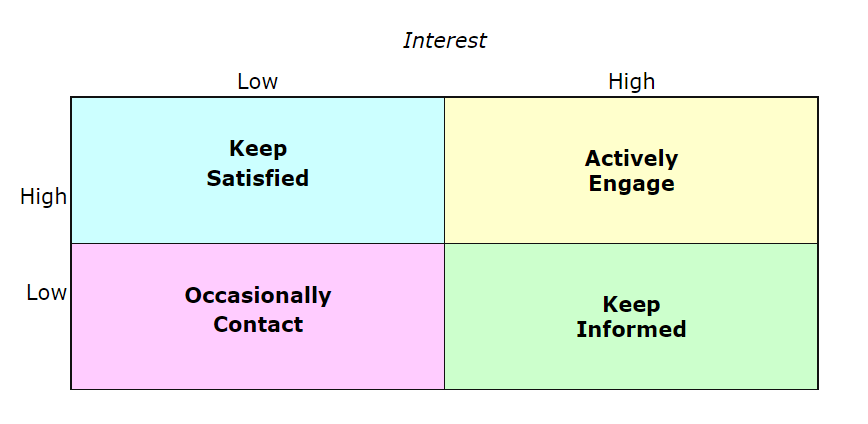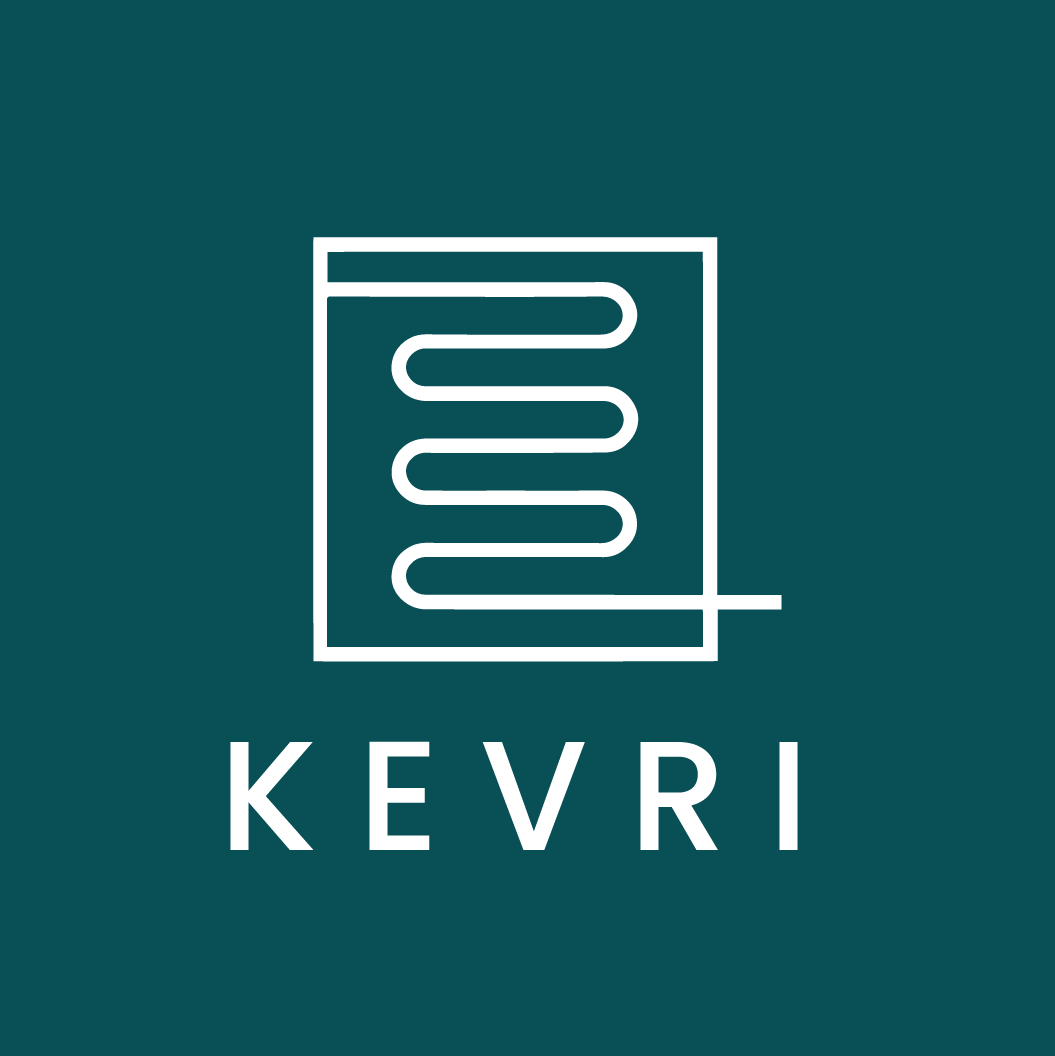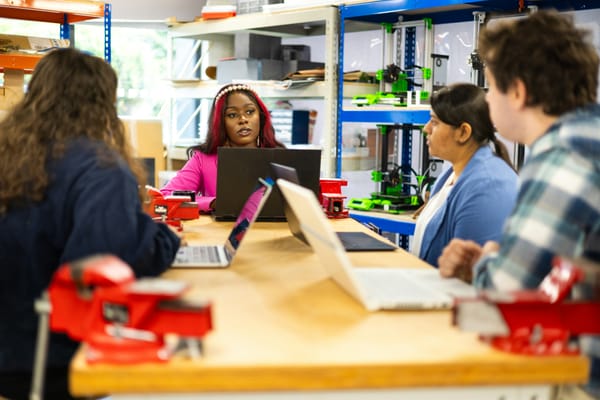The recipe for an impactful Knowledge Exchange project
At KEVRI, we help to plan and carry out impactful Knowledge Exchange projects. Here are a few tips we have picked up along the way...

The introduction of the Knowledge Exchange Framework (KEF) by UKRI has been a significant booster for collaboration between universities, businesses, charities and policymakers. Now more than ever, we are seeing some truly incredible projects across the UK that trigger incredible impact.
But what are some of the secret ingredients that help to make a Knowledge Exchange project impactful?
A clear vision of your ‘why’
First and foremost, you must accurately define the purpose of your project.
American author Simon Sinek makes the observation that explaining your 'why' is how you explain your purpose. For instance, the reason you exist and get out of bed every morning.
In his well-known TED Talk "Start with Why” he said:
“People don’t buy what you do or how you do it, they buy why you do it.”
This same philosophy should be applied to your KE project.
Start by asking yourself: What problem are we trying to solve here? In addition to contributing to knowledge, what other impacts do we want to have? Why would people be interested in this?
A clearly defined target audience
Next, you need to define your audience.
Does your Research or Knowledge Exchange project aim to target the general public, or do you have a specific audience in mind? In marketing, audience segmentation is a well-established practice aimed to divide the population into meaningful and manageable groups for the purpose of creating tailored communications and activities to better engage them.
Variables to consider include:
- Demographics (age, social grade, race, etc.)
- Geographical (where do they live and work?)
- Attitudinal (interests, values, lifestyle choices, etc.)

A strong network of contacts
Building a strong network of industry and community contacts is a great way to set up for a strong project.
Having peers around you that are experienced in KE will help provide you with all the support you need. UKRI has shared some great tips for growing your KE network, including:
- Attending business and policy events, workshops and seminars
- Joining networking groups that relate to the academic topic your project is around
- Networking with other established researchers and research managers and joining them at events
- Taking part in popular professional online discussions and networks
- Joining the committee of a community group, voluntary organisation or business network
- Sharing advice sessions on a pro bono basis to non-academics
Engaged stakeholders
Now that you have your project purpose, know your target audience and have a network of KE contacts to lean on, the next tip is to engage stakeholders. Here, effective relationship-building will be crucial.
For your KE project, you’ll want to consider the contacts you will need to reach out to. You can choose your relationship-building strategy by mapping and categorising your contacts into those who are most likely to be interested in your research and most likely to have an impact on it.
UKRI suggests using tools like an interest-influence grid to assess your contacts, like the one provided below by Changing Minds.

Effective collaboration
The very core of knowledge exchange is collaboration. And so to ensure a project is a success, you must consider all of the ways in which to foster a complete culture of collaboration. Some aspects you will need to consider are:
Establish and implement a KE process: A KE project can only be truly effective if there’s a process in place that all stakeholders are aware of and can contribute to.
Your exact strategy will depend on the unique needs of your organisation, so don’t be afraid to try different methods until you find the right system for you and your team.
Leverage innovative knowledge-sharing tools: By using the best tools, you can supercharge communication, productivity, innovation and collaboration. This is especially important for those KE projects that consist of remote teams.
Create a culture of support and innovation: Knowledge-sharing and strong collaboration are made easy when you build a culture of true support and innovation. Encourage members to contribute new ideas, voice any concerns or worries, and put the right systems in place to drive innovation.

Effective delivery of knowledge
Once you’ve finished working on your KE project, the next step is to communicate your findings. Fortunately, there are many ways you can do this, but it’s important you find the ways that work best for your target audience. Some examples include:
- Holding in-person or virtual events to present your findings
- Publish text-based reports
- Create slide decks and visual formats of your findings
- Share on social media
Whatever your delivery looks like, the crucial thing is to go where the people are and present information where they are most likely to hear your message.
Evaluation of your KE project
Knowledge Exchange projects take up a lot of time and resources. With that in mind, it’s important to look back and evaluate how successful the project was in terms of helping you to meet your objectives and vision discussed in step one.
Track your metrics relating to your overall project objective and consider where your project had the most impact. This evaluation can be formal or informal and can include things such as activity reflections and assessments.
You can also engage your stakeholders and gain feedback using both quantitative and qualitative methods. One excellent piece of feedback software for this is Typeform, which records both qualitative and quantitative comments.
Measure research impact with KEVRI
At KEVRI, we make measuring the impact of your Knowledge Exchange project a seamless process.
With our Pathway to Impact section, universities and HEIs have a formal way of documenting and reflecting on how their Knowledge Exchange project or activity makes an impact.
Our software is also widely-regarded as an effective planning tool. So before you even start the recipe for your impactful Knowledge Exchange project, why not trial our tool today?





